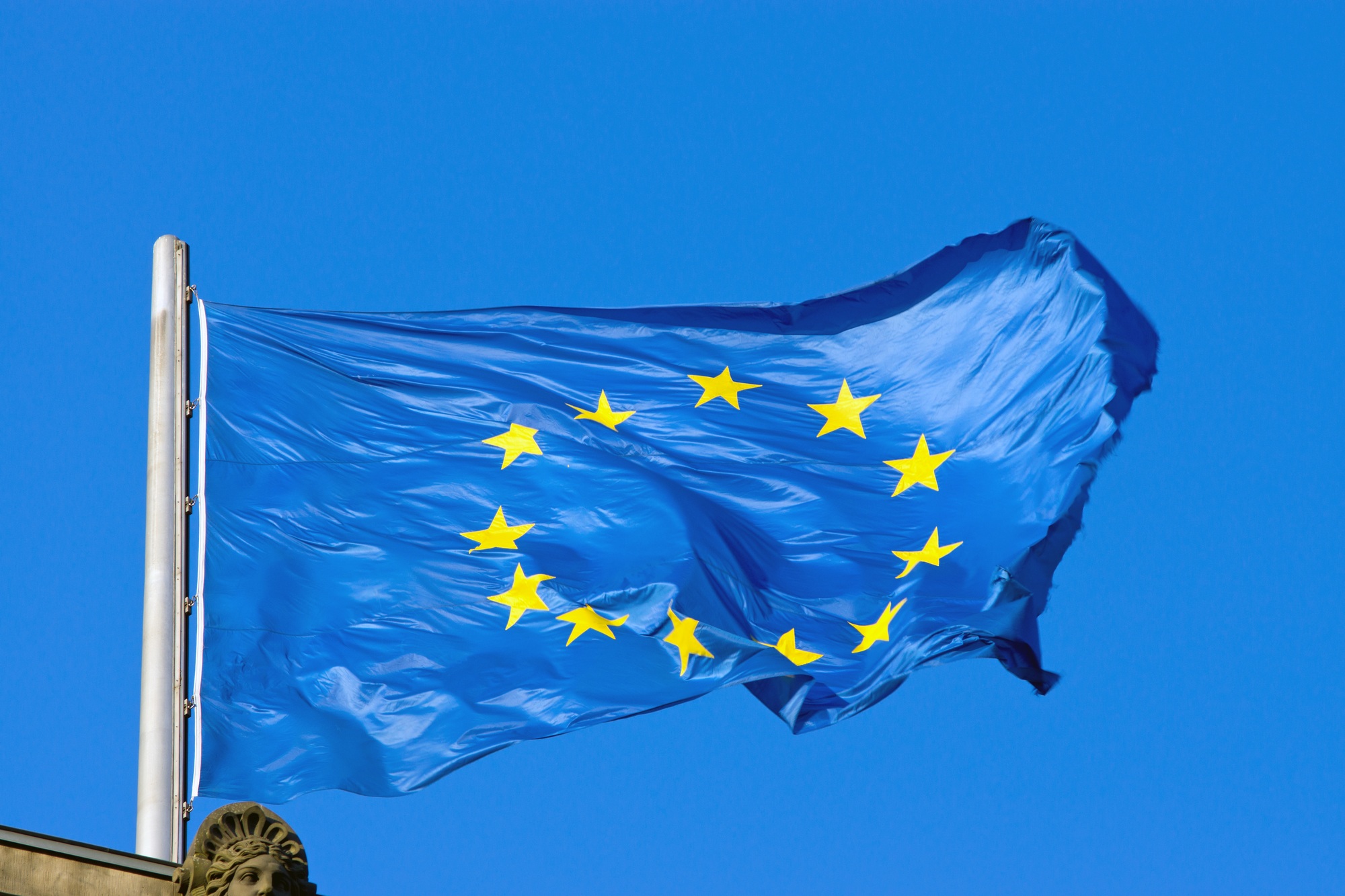Inflation in the euro zone held at 2.2% in April, just above the European Central Bank’s (ECB) 2% target, according to data released Friday. But beneath the surface, inflationary pressures are heating up again, particularly in the services sector, raising fresh concerns among policymakers ahead of the June 5 ECB meeting.
The headline figure, in line with the March print, slightly overshot economists’ expectations of 2.1%, per a Reuters poll. However, what grabbed the ECB’s attention was the unexpected jump in core inflation — which strips out volatile items like food and energy — to 2.7% from 2.4%, higher than the anticipated 2.5%.
Services drive inflation — and ECB tension
The sharp uptick in service prices was the main driver behind the core inflation surge. This development could bolster hawkish voices within the ECB, urging caution on further rate cuts until there’s clearer evidence inflation is on a firm downward trajectory.
Still, in the backdrop of this inflation print lies a complex geopolitical context. The escalating trade war between the U.S. and much of the global economy, led by President Donald Trump’s aggressive tariffs, has introduced a significant deflationary force — one that could justify continued easing, even with sticky core prices.
Markets still expect more rate cuts
Despite the inflationary data, economists still price in over an 80% chance of an ECB rate cut in June, with another possible move by year-end. Such a path would lower the ECB deposit rate to 1.75% or below — marking what could be the eighth rate cut in just 13 months.
Recent ECB communication has already softened, signaling that policymakers believe the inflation target has “essentially been achieved”, despite previous guidance that it wouldn’t happen before 2026. This shift is largely attributed to the cooling effect of global trade tensions on growth, investment, and commodity prices.
External pressures shaping inflation
The euro’s recent strength, driven in part by weakened global demand and declining energy prices, has made imports cheaper, which is helping to suppress inflation. Meanwhile, concerns about Chinese surplus goods flooding Europe — a consequence of Beijing’s limited access to the U.S. — have added new deflationary worries.
In contrast, some analysts caution that long-term geopolitical fragmentation may eventually push production costs higher, but for now, investors’ long-term inflation expectations remain anchored near the 2% target.
As Europe weighs rate cuts against persistent core price pressures, the next few weeks will be crucial for determining whether the ECB will lean toward policy caution or maintain a dovish stance to counter external economic threats.







